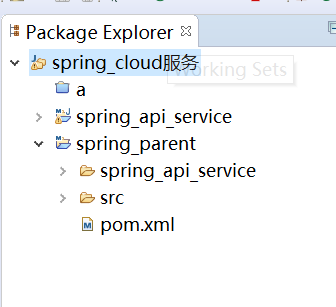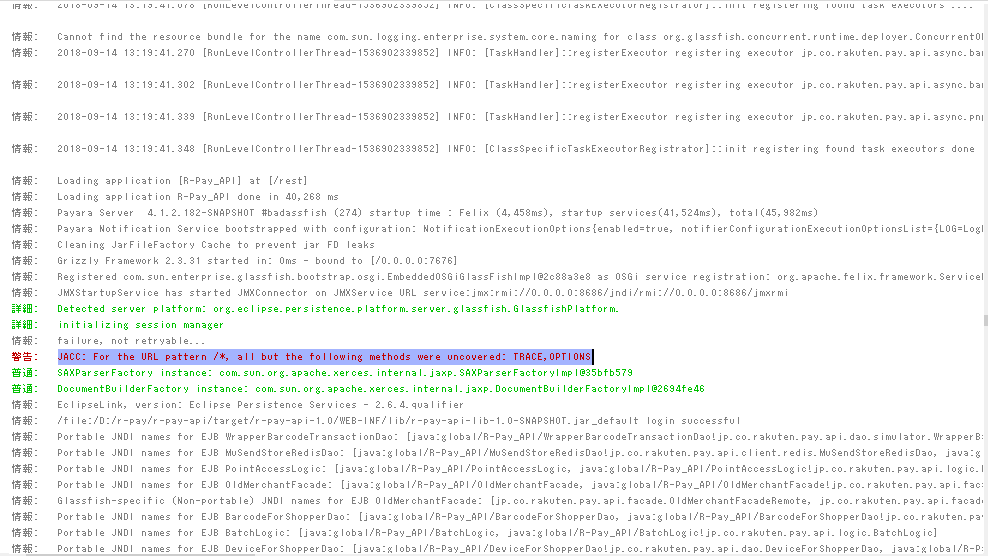I\'m having some trouble figuring out how to use more than one left outer join using LINQ to SQL. I understand how to use one left outer join. I\'m using VB.NET. Below is my SQL syntax.
T-SQL
SELECT
o.OrderNumber,
v.VendorName,
s.StatusName
FROM
Orders o
LEFT OUTER JOIN Vendors v ON
v.Id = o.VendorId
LEFT OUTER JOIN Status s ON
s.Id = o.StatusId
WHERE
o.OrderNumber >= 100000 AND
o.OrderNumber <= 200000
This may be cleaner (you dont need all the into statements):
var query =
from order in dc.Orders
from vendor
in dc.Vendors
.Where(v => v.Id == order.VendorId)
.DefaultIfEmpty()
from status
in dc.Status
.Where(s => s.Id == order.StatusId)
.DefaultIfEmpty()
select new { Order = order, Vendor = vendor, Status = status }
//Vendor and Status properties will be null if the left join is null
Here is another left join example
var results =
from expense in expenseDataContext.ExpenseDtos
where expense.Id == expenseId //some expense id that was passed in
from category
// left join on categories table if exists
in expenseDataContext.CategoryDtos
.Where(c => c.Id == expense.CategoryId)
.DefaultIfEmpty()
// left join on expense type table if exists
from expenseType
in expenseDataContext.ExpenseTypeDtos
.Where(e => e.Id == expense.ExpenseTypeId)
.DefaultIfEmpty()
// left join on currency table if exists
from currency
in expenseDataContext.CurrencyDtos
.Where(c => c.CurrencyID == expense.FKCurrencyID)
.DefaultIfEmpty()
select new
{
Expense = expense,
// category will be null if join doesn\'t exist
Category = category,
// expensetype will be null if join doesn\'t exist
ExpenseType = expenseType,
// currency will be null if join doesn\'t exist
Currency = currency
}
Don\'t have access to VisualStudio (I\'m on my Mac), but using the information from http://bhaidar.net/cs/archive/2007/08/01/left-outer-join-in-linq-to-sql.aspx it looks like you may be able to do something like this:
var query = from o in dc.Orders
join v in dc.Vendors on o.VendorId equals v.Id into ov
from x in ov.DefaultIfEmpty()
join s in dc.Status on o.StatusId equals s.Id into os
from y in os.DefaultIfEmpty()
select new { o.OrderNumber, x.VendorName, y.StatusName }
I figured out how to use multiple left outer joins in VB.NET using LINQ to SQL:
Dim db As New ContractDataContext()
Dim query = From o In db.Orders _
Group Join v In db.Vendors _
On v.VendorNumber Equals o.VendorNumber _
Into ov = Group _
From x In ov.DefaultIfEmpty() _
Group Join s In db.Status _
On s.Id Equals o.StatusId Into os = Group _
From y In os.DefaultIfEmpty() _
Where o.OrderNumber >= 100000 And o.OrderNumber <= 200000 _
Select Vendor_Name = x.Name, _
Order_Number = o.OrderNumber, _
Status_Name = y.StatusName
In VB.NET using Function,
Dim query = From order In dc.Orders
From vendor In
dc.Vendors.Where(Function(v) v.Id = order.VendorId).DefaultIfEmpty()
From status In
dc.Status.Where(Function(s) s.Id = order.StatusId).DefaultIfEmpty()
Select Order = order, Vendor = vendor, Status = status
I think you should be able to follow the method used in this post. It looks really ugly, but I would think you could do it twice and get the result you want.
I wonder if this is actually a case where you\'d be better off using DataContext.ExecuteCommand(...) instead of converting to linq.
I am using this linq query for my application. if this match your requirement you can refer this. here i have joined(Left outer join) with 3 tables.
Dim result = (From csL In contractEntity.CSLogin.Where(Function(cs) cs.Login = login AndAlso cs.Password = password).DefaultIfEmpty
From usrT In contractEntity.UserType.Where(Function(uTyp) uTyp.UserTypeID = csL.UserTyp).DefaultIfEmpty \' <== makes join left join
From kunD In contractEntity.EmployeeMaster.Where(Function(kunDat) kunDat.CSLoginID = csL.CSLoginID).DefaultIfEmpty
Select New With {
.CSLoginID = csL.CSLoginID,
.UserType = csL.UserTyp}).ToList()



